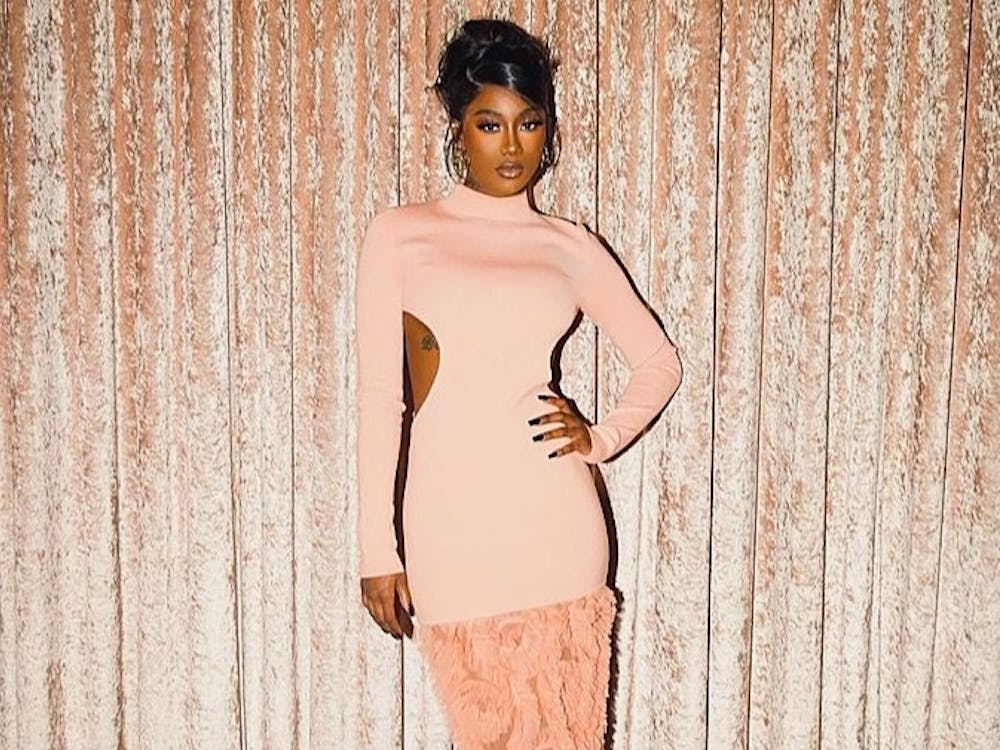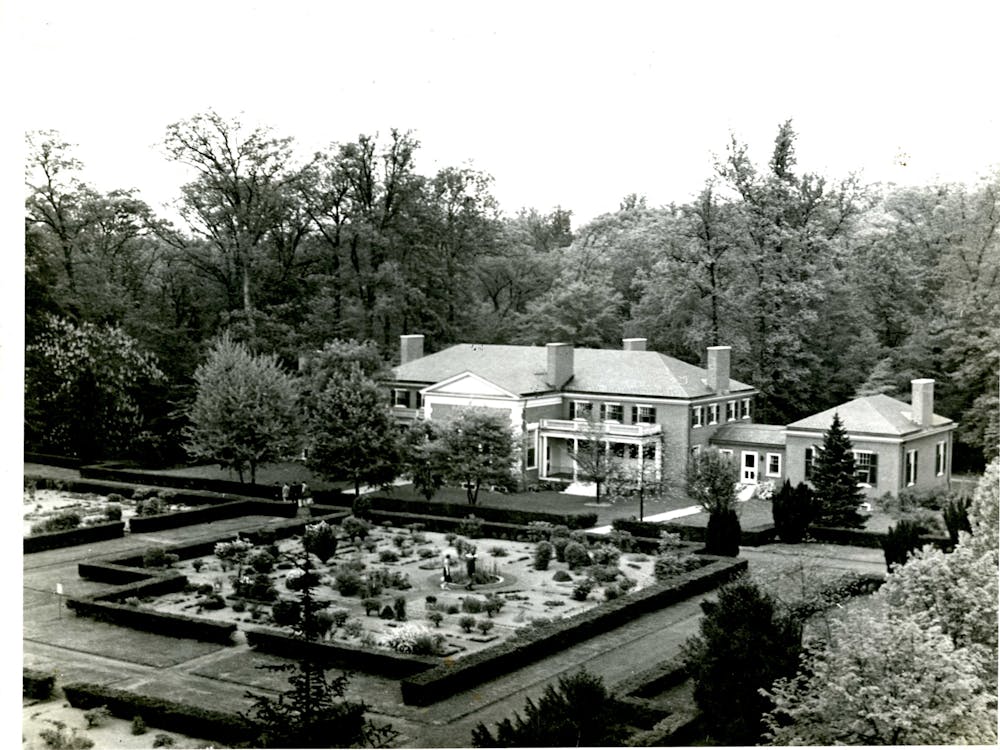Executive Director of the Commission for Historical and Architectural Preservation, Eric Holcomb, spoke about urban planning and the development of Baltimore suburbia on Monday, Oct. 24 at Gilman Hall.
Holcomb, who has a master’s degree in historic preservation, has worked for the Baltimore City Planning Department since 1994.
In 2014, he was appointed to his current position. Holcomb’s presentation was the final installment of the Homewood Museum’s fall architectural lecture series.
The talk, “From Country Estate to Suburban Neighborhood: Development on the Edge of Baltimore, 1800-1945,” focused on the definition of suburbia and how it developed in Baltimore as urban architecture and landscaping mixed with the country estates of the 18th and 19th centuries.
Holcomb opened up his talk by exploring what the overlapping definitions of suburbia mean.
“I first grew up in a townhouse in the suburbs, and now I live in a suburban house in the city,” he said. “Tonight, I’m going to try to solve that conundrum.”
To introduce his perspective on the suburbs, Holcomb told a brief anecdote.
“Allegedly, a reporter asked Louis Armstrong one time, what is jazz? Louis Armstrong promptly replied, ‘Man, if you gotta ask what is it, you ain’t never gonna know it.’ And that’s sort of how I feel about the suburbs,” he said. “Suburbia really defies a single definition, and consequently we’re left with many different viewpoints.”
In the slideshow accompanying his lecture, Holcomb showed the audience pictures of different kinds of residential buildings from townhouses to bungalows to suburban housing and different suburban neighborhoods. The suburbs, Holcomb explained, could be characterized by anything from building density to neighborhood design, architecture, or even by a particular lifestyle.
“[Suburbia is] an architectural landscape design sensibility that differentiates the suburbs from the city and country,” Holcomb said. “This design sensibility is created by mixing city and country characteristics.”
He began with the example of the country estate built by members of the upper class as a country retreat. These estates had many characteristics of rural farms, while also retaining some suburban sensibilities.
However, Holcomb said country estates did not develop independently from the city.
“In the outer areas of Baltimore in the 18th century... there were people there, and the people were doing things,” Holcomb said. “[There were] other businesses that catered to bringing goods to the city and tying the country and the city together.”
Another factor that contributed to the rise of suburbs was Baltimore’s growing population, which increased from 13,000 in 1790 to 212,000 in 1860. Holcomb said that wealthy people needed an escape from the cacophony, especially since basic sanitation systems were not in place.
Holcomb continued to show pictures of estates with characterizing architectural details, such as fences, gravel pathways and gardens. Such typical suburban features continued to rise in popularity in the decade after World War I, which also popularized the front lawn.
“The lawn was an incredible campaign of grass seed makers and landscapers and lawn mower mechanics to get you to buy that stuff,” he said.
According to Holcomb, things changed again after World War II. The automobile, revolutionized by Henry Ford, allowed people to live in the suburbs while still providing access to the city.
“Families, after World War II, were looking to buy in suburban areas due to massive overcrowding that was occurring in Baltimore,” he said. “Also, they had affordable access to the automobile, which has captured everybody’s imagination.”
Holcomb then talked about Baltimore City’s master plan to preserve an urban-rural demarcation line, approved in 1967, to protect rural areas.
Holcomb described how the City of Baltimore itself is much more sustainable and efficient than suburban areas, and how it is better able to maintain infrastructure. One example he noted, was that Baltimore county has more sewer pipes per capita than the city itself.
He went on to discuss the various associations with suburbia.
“Suburban aesthetic was created to evoke suburbia, which in many ways tries to capture our ideas and ambitions. It has become synonymous with the American Dream,” Holcomb said. “Nevertheless, suburban areas always harbor a variety of industrial, agricultural and commercial uses as well as a mix of class, race and ethnic neighborhoods.”
Holcomb acknowledged that although he did not specifically talk about the class and race divide, it is an extremely important topic that merits further discussion.
He believes that understanding the urban design sensibility can help explain how segregated neighborhoods arose and how to develop positive policies to deal with this problem.
The lecture was followed by a short question-and-answer session.
Community member Carlisle Hashaim said that she learned a lot more about Baltimore through Holcomb’s lecture.
“I find urban planning, particularly because I grew up in Baltimore, just fascinating,” she said. “What he said about the sewers I think is really fascinating... That’s really important.”























Please note All comments are eligible for publication in The News-Letter.